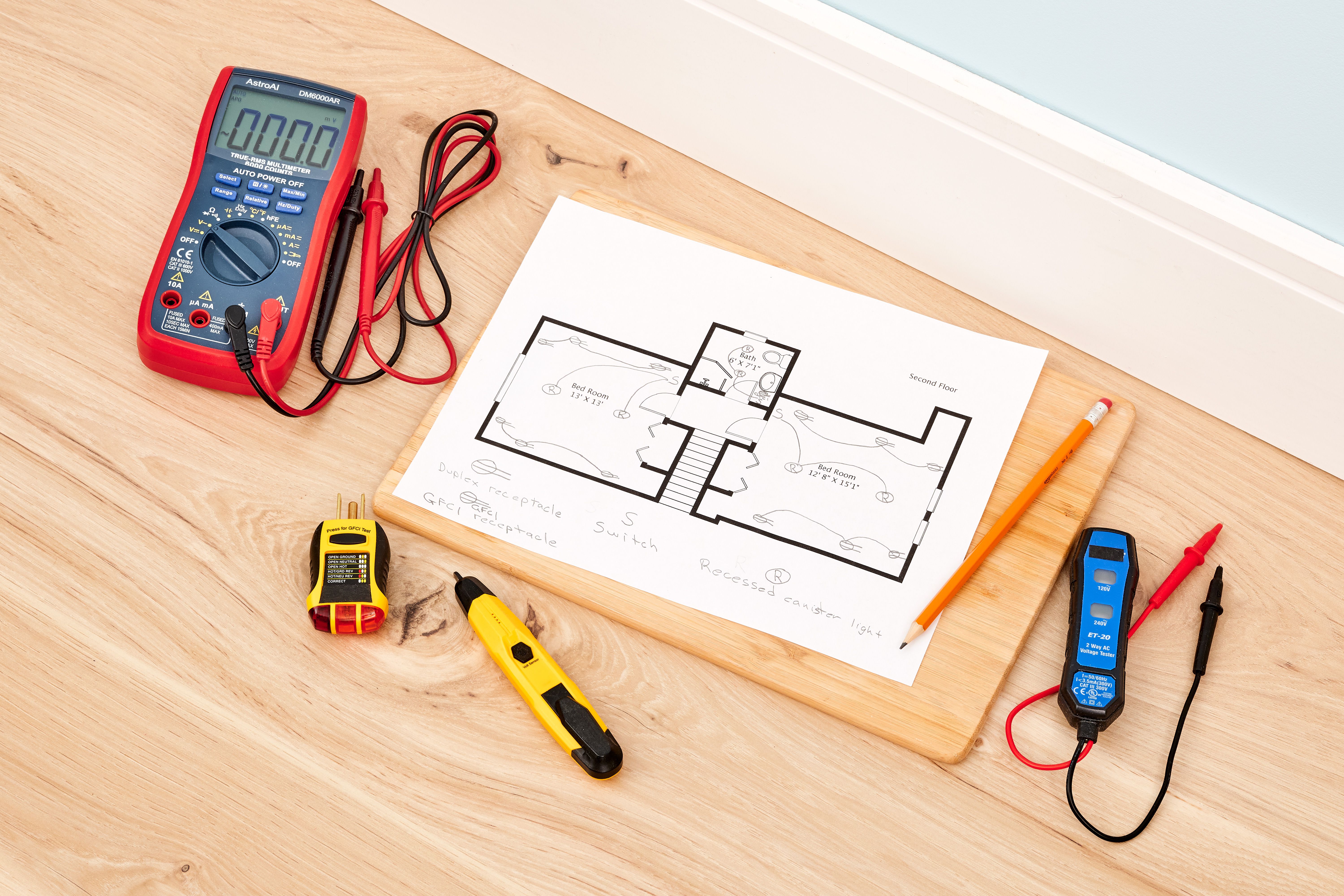
An electrical drawing course typically covers a range of competencies related to creating, interpreting, and utilizing electrical drawings in various contexts such as engineering, construction, and maintenance. Here are some common competencies you might expect to gain from such a course:
Understanding Electrical Symbols: Learning the symbols used to represent various electrical components and devices in diagrams and schematics.
Drawing Techniques: Developing skills in drawing electrical diagrams and schematics using appropriate software tools (AutoCAD) or by hand.
Reading and Interpreting Drawings: Ability to interpret electrical drawings, including circuit diagrams, wiring diagrams, single-line diagrams, and panel layouts.
Electrical Codes and Standards: Familiarity with relevant electrical codes and standards governing the creation and use of electrical drawings in different industries and jurisdictions.
Electrical Circuit Analysis: Understanding the principles of electrical circuits and being able to analyze them based on the information provided in drawings.
Component Identification: Knowledge of various electrical components and their functions, as well as how they are represented in drawings.
Layout and Design Principles: Understanding the principles of layout and design as applied to electrical drawings, including considerations for clarity, efficiency, and compliance with standards.
Scaling and Dimensioning: Ability to scale drawings accurately and add appropriate dimensions to convey spatial relationships and sizes of components.
Project Documentation: Learning how to create and maintain electrical drawing documentation for projects, including revisions, updates, and version control.
- Teacher: Baha Alwohoush